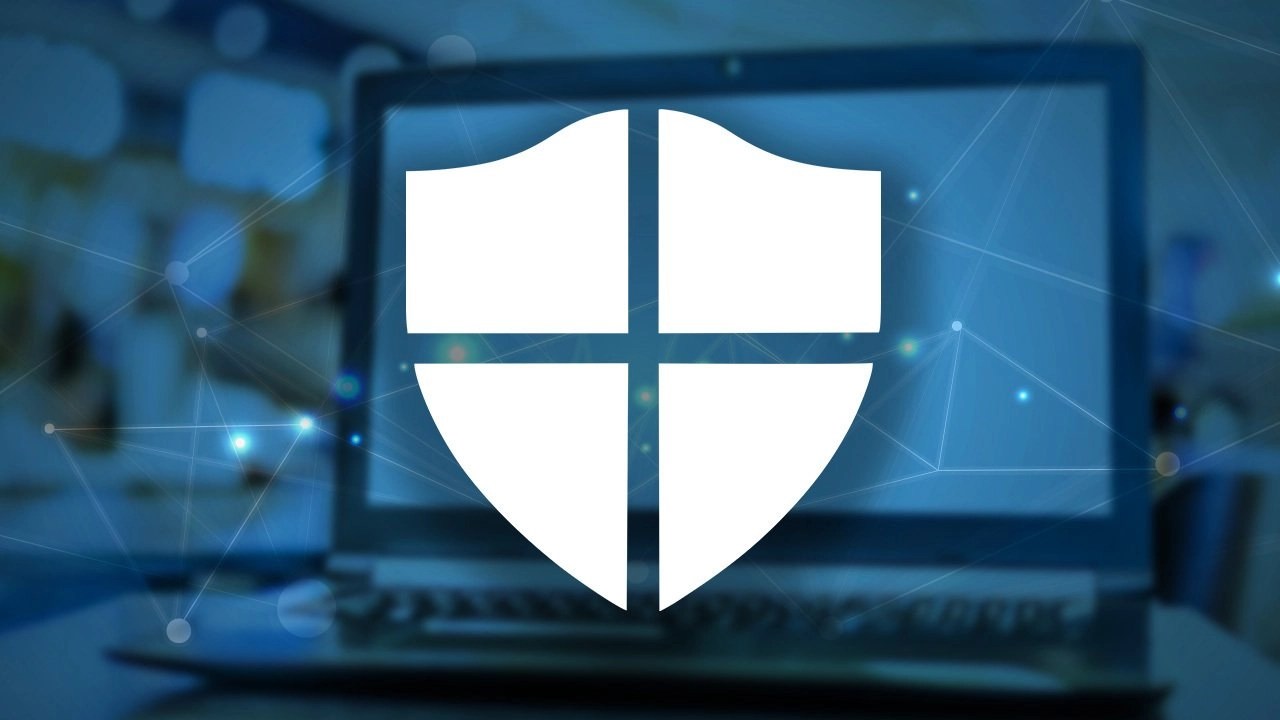Is Windows Defender Good Enough for PC Protection?
In this guide, we'll show you if Windows Defender good enough for PC protection. Is a Windows Defender excellent antivirus service
Author:Daniel BarrettAug 18, 202239886 Shares531811 Views

On your latest Windows 10 upgrade, you notice there’s an inclusion of a program called Microsoft Defender Antivirus. This is an excellent antivirus service, for securing your PC. Are you having doubts about Windows Defender’s performance? In this guide, we’ll show you if Windows Defender good enough for PC protection.
How Well Does Windows Defender Perform?
For those who are unaware, Microsoft Security Essentials was antivirus software included by Microsoft with Windows starting in 2009, until it was supplanted by Microsoft Windows Defender Security Center. With this software, Microsoft ensured that customers would have some kind of protection from the moment they first booted up their computer. It costs them nothing and doesn’t require them to take any action.
Now, Defender hasn’t totally stolen the spotlight away from the McAfees and the Bitdefenders of the world. You could chalk that up to decades of name recognition for competitors, but testing has revealed some notable shortcomings in Windows Defender. We found that the SmartScreen filter in Edge blocked just 68 percent of phishing sites, for example. That’s particularly bad compared with the 89 and 90 percent blocked by Firefox and Chrome. In those tests, Kaspersky and McAfee blocked 100 percent of the phishing sites.
That’s especially disappointing because phishing attacks can do a lot of damage, and they don’t require a lot of technical sophistication on the part of attackers. A phishing site tricks people into voluntarily handing over personal information—like credit card numbers—by impersonating a legitimate website. For more on this particular threat, you can read our story on how to avoid phishing attacks.
Windows Defender also doesn’t cover the same breadth of products that third-party security companies do. The company that sells you antivirus software can also provide backup protection, a password manager, a VPN, parental control, and more besides, often rolled up in a security suite.
Windows Defender
For those who are unaware, Microsoft Security Essentials was antivirus software included by Microsoft with Windows starting in 2009, until it was supplanted by Microsoft Windows Defender Security Center. With this software, Microsoft ensured that customers would have some kind of protection from the moment they first booted up their computer. It costs them nothing and doesn’t require them to take any action.
Now, Defender hasn’t totally stolen the spotlight away from the McAfees and the Bitdefenders of the world. You could chalk that up to decades of name recognition for competitors, but testing has revealed some notable shortcomings in Windows Defender. We found that the SmartScreen filter in Edge blocked just 68 percent of phishing sites, for example. That’s particularly bad compared with the 89 and 90 percent blocked by Firefox and Chrome. In those tests, Kaspersky and McAfee blocked 100 percent of the phishing sites.
That’s especially disappointing because phishing attacks can do a lot of damage, and they don’t require a lot of technical sophistication on the part of attackers. A phishing site tricks people into voluntarily handing over personal information—like credit card numbers—by impersonating a legitimate website. For more on this particular threat, you can read our story on how to avoid phishing attacks.
Don’t miss:Steam Refund Policy: How To Get A Refund
What is Microsoft Defender Antivirus?
Microsoft Defender Antivirus, formerly known as Windows Defender, is an antivirus protection program included in Windows 10. Unlike other antivirus programs like McAfee, Microsoft Defender is free and doesn’t require any additional installation. Microsoft Defender’s features include automatically backing up files to OneDrive, expansive parental control settings, and the elimination of any need for passwords, which have been replaced by face recognition and fingerprint technology.
If you’ve upgraded to Windows 10, you might notice the inclusion of a program called Microsoft Defender Antivirus. Here’s how to make sure it’s enabled on your computer, and how to change it’s settings.
How to Turn On Microsoft Defender
Microsoft Defender is automatically included with Windows 10. If your computer is linked to a group or organization (such as through your workplace), you may need to double-check that Microsoft Defender is actually enabled on your device.
- Click the Start button on your Windows computer.
- Type “Group policy” into the search bar.
- Click on “Edit group policy.”
- Click on “Computer Configuration,” and then click on “Administrative Templates.”
- Now Click on “Windows Components,” and then click on “Windows Defender Antivirus.”
- Scroll down to the bottom of the list and look for “Turn off Windows Defender Antivirus.” Click on “Disabled” or “Not configured” (whichever one is visible on your device). Note that while this might seem contradictory, you’re on the right track.
- Click “Apply,” then click “OK.”
How to Change Microsoft Defender’s Settings
You can change the settings for Microsoft Defender from the Start menu.
- Click the Start button.
- Type “Defender” into the search bar.
- Click “Virus & threat protection.”
From there, you can adjust Windows Defender’s settings to your liking.
Editor’s pick:

Daniel Barrett
Author
Latest Articles
Popular Articles